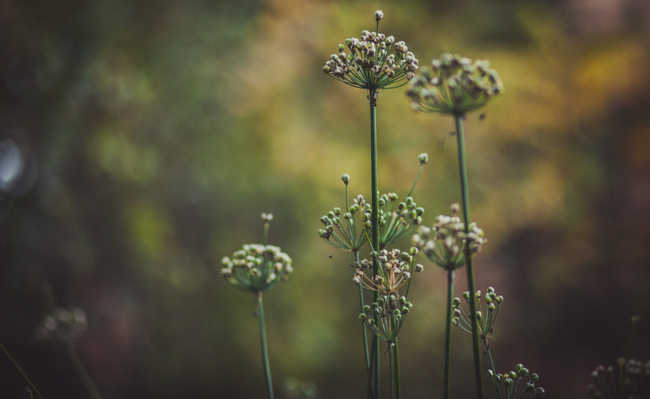How to plant chives?
Understand how to plant chives and enjoy their benefits all year long

Maddy Baker image on Unsplash
Knowing how to plant chives and putting this knowledge into practice is very advantageous because, in addition to allowing the consumption of chives and its benefits at any time, it allows the use of fresh seasoning and free of unnecessary pesticides.
- Properties of chives and their health benefits
- What are pesticides?
- Seven Benefits of Raw and Cooked Onions
Chives are the leaves of a plant originating in Europe, with a scientific name Allium Schoenoprasum, also popularly known as chives or chives, in Portugal. It is a plant that reaches a maximum of 30 cm in height, has plump dark green leaves and rounded and purplish flowers.
In Brazilian cuisine, chives are widely used in raw salads and as a seasoning for hot dishes such as beans and quiches. It is common to confuse it with the Asian species Allium fistulosum, popularly known as chives.
Chives are very beneficial for health, being rich in nutrients, antioxidants and low in calories. It improves learning, good for bones, mood, heart health and more. To learn about other health benefits of chives, take a look at the article: "Properties of chives and their health benefits".
The most used part of chives is its leaf, but the bulb and flowers are also edible; the latter even serve as an ornament for the recipes. What are you waiting for to learn how to plant chives? Check out:
How to plant chives
1. Find seeds or seedlings
The easiest way to plant chives is through seedlings. But it is also possible to start cultivation using seeds. However, both ways of planting chives should be done in spring, which is the best time for this.
Seedlings can easily be purchased at plant markets, or you can order one from an acquaintance who grows chives. If it is not possible to find seedlings, look for a way to acquire the seeds. The more exuberant the original seedling, the better your scallion cultivation will be.
2. Choose the location
To plant chives, you need a place that receives sunlight. If you choose indoors, make sure the chives are placed next to a window that lets in sunlight for at least six hours a day.
3. Prepare the soil
Planting chives also requires moist, fertile, and well-draining soil. You can use iron-rich soil (red earth) and add humus in the proportion of one part humus to two parts red earth. To know what humus is, take a look at the article: "Humus: what it is and what are its functions for the soil".
If you want to plant scallions in pots, set aside expanded clay (or stones) and sand. Drill holes in the bottom of the vase. Add a three-inch layer of expanded clay, cover with a two-inch layer of sand, and finally add the soil with humus. Place seeds or seedlings and cover with dry matter such as leaves.
Chives need at least 15 centimeters of soil depth and 12 centimeters in diameter.
4. Reserve adequate space
If you are going to plant several scallions next to each other, leave a distance of at least six inches between them.
5. Water a lot
Chives need moist soil as long as it is well drained. The need for watering depends on the drainage, and varies from one to three days.
6. Companion plants
Chives grow well alongside carrots, tomatoes, mustard or cabbage and can repel carrot flies and cabbage aphids and worms. To learn more about companion plants, take a look at the article: "Companion plants: a natural way to combat pests".
7. Enjoy
After three months, your chives will be ready to be picked. For this, cut the leaves of the chives, starting with the outer leaves and always leave five centimeters remaining.
Chive leaves grow quickly and can be cut several times.
Chives bear purplish flowers in late spring. If you want to know how to grow chives just to eat, these flowers should be removed as soon as possible - if left, they restrict the growth of new leaves.
8. Take care all year
Chives are very similar to onions, they have bulbous roots and green leaves. To alleviate the demand for space, separate the bulbs from the scallions and replant them 15 centimeters apart.
In a well-prepared soil, chives are unlikely to suffer from pests. But they can appear, especially if the scallions are planted next to attacked onions.
As a perennial plant, chives will keep their leaves in most winters. In colder winters, however, the leaves can die out completely, but don't despair - their roots are still alive and will start to grow in the next spring.










